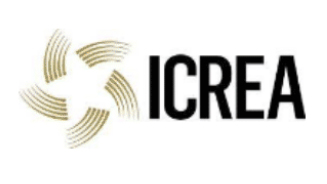PLoS One, 2016, 11 (11), e0166816
Detection of endotoxin contamination of graphene-based materials using the TNF-α expression test and guidelines for endotoxin-free graphene oxide production
Nanomaterials may be contaminated with bacterial endotoxin during production and handling, which may confound toxicological testing of these materials, not least when assessing for immunotoxicity. In the present study, we evaluated the conventional Limulus amebocyte lysate (LAL) assay for endotoxin detection in graphene based material (GBM) samples, including graphene oxide (GO) and few-layered graphene (FLG). Our results showed that some GO samples interfered with various formats of the LAL assay. To overcome this problem, we developed a TNF-α expression test (TET) using primary human monocyte-derived macrophages incubated in the presence or absence of the endotoxin inhibitor, polymyxin B sulfate, and found that this assay enabled unequivocal detection of endotoxin in all GBMs with a sensitivity that is comparable to the LAL assay. FLG triggered significant TNF-α production also in the presence of the LPS inhibitor, pointing to an intrinsic pro-inflammatory effect, while GO elicited negligible levels of TNF-α. Moreover, FLG elicited dose-dependent toxicity whereas all GO samples tested were non-cytotoxic. We also present guidelines for the preparation of endotoxin-free GO, validated by using the TET.








